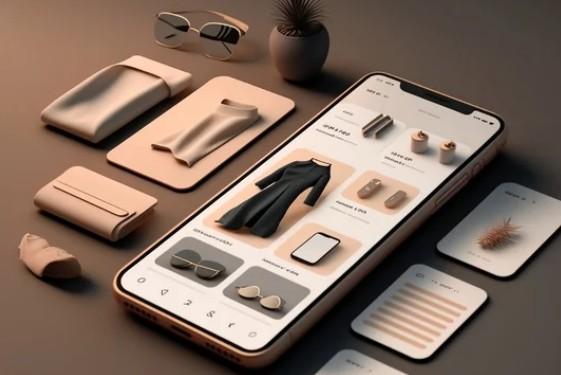Creating an online store is simple, but crafting one that drives consistent sales takes strategic design. E-commerce web design is about guiding customers to purchase with ease and confidence. Whether you’re hiring a web designer or a web design agency, these essential features will set your store up for success.
1. User-Friendly Navigation
Your site should be intuitive from the first click.
- Create a clean top menu with essential categories.
- Keep menu items under 7 for simplicity.
- Add a search bar with predictive text.
Strong navigation prevents frustration and keeps shoppers engaged.
2. Mobile-Optimized Layout
Most shoppers use smartphones. Your store must excel on mobile.
- Design for smooth vertical scrolling.
- Use large, clickable buttons.
- Test checkout across various devices.
Ensure your web design agency verifies performance on real phones.
3. Rapid Load Speeds
A site that takes over 3 seconds to load loses visitors.
- Optimize images with WebP or similar formats.
- Limit heavy scripts and plugins.
- Use a CDN to boost performance.
Speed is a key driver of user satisfaction and search rankings.
4. Conversion-Focused Product Pages
Product pages are where sales happen.
- Include high-resolution, zoomable images from different angles.
- Use short, persuasive descriptions.
- Show price, availability, and reviews clearly.
- Make “Add to Cart” and “Buy Now” buttons prominent.
Ensure key details are immediately visible.
5. Guest Checkout Flexibility
Requiring account creation before buying scares off customers. Allow guest checkout and offer account setup post-purchase to retain data without friction.
6. Smooth, Secure Checkout
A simple checkout process drives completions.
- Use a progress tracker (e.g., Shipping → Payment → Done).
- Minimize form fields.
- Offer varied payment options (cards, digital wallets, PayPal).
- Display all costs early.
Secure your checkout with HTTPS and trust badges for reassurance.
7. Credibility Boosters
Trust is critical for conversions.
- Feature authentic customer testimonials.
- Provide transparent shipping and return terms.
- Include contact options (email, chat, phone).
- Show logos of secure payment providers.
These elements ease concerns and boost confidence.
8. Strong Calls to Action
CTAs should be clear and actionable.
- Use text like “Buy Now” or “Add to Cart.”
- Make buttons stand out with bold colors.
- Limit competing actions per page.
Guide users with one obvious next step.
9. Authentic Branding
Your store should feel distinctly yours.
- Apply consistent colors, fonts, and messaging.
- Opt for custom visuals over stock imagery.
- Keep design elements uniform.
Your web designer should align the design with your brand’s core.
10. Search-Engine-Optimized Design
A well-structured site attracts organic traffic.
- Use clear URLs (e.g., /products/running-shoes).
- Include alt text for images.
- Maintain a simple page hierarchy.
Ensure your web design agency embeds SEO best practices.
11. Data Tracking
Analytics fuel improvement.
- Set up Google Analytics or a similar platform.
- Track user actions like clicks and purchases.
- Monitor where users abandon the funnel.
Basic analytics provide a foundation for optimization.
12. Inclusive Accessibility
Your store should work for everyone.
- Add descriptive alt text to images.
- Support keyboard navigation.
- Ensure readable text with strong contrast.
Accessibility improves SEO and ensures inclusivity.
Closing Note
E-commerce web design is about making shopping effortless and trustworthy. When partnering with a web designer or web design agency, focus on these must-have features to build a store that drives sales. Prioritize function over flair—usability is the key to success.

